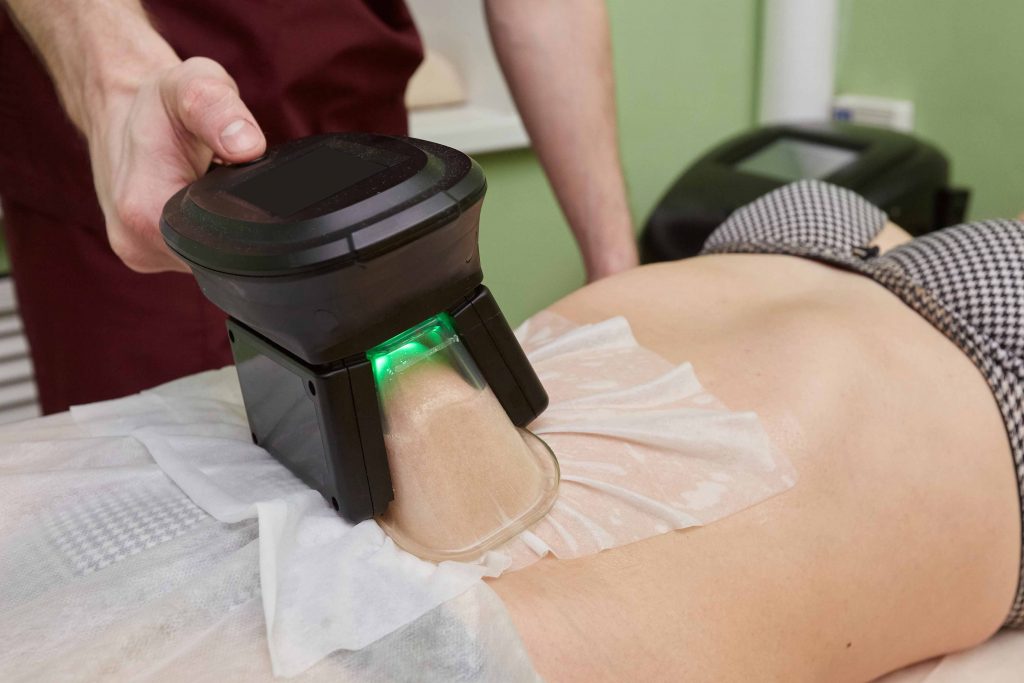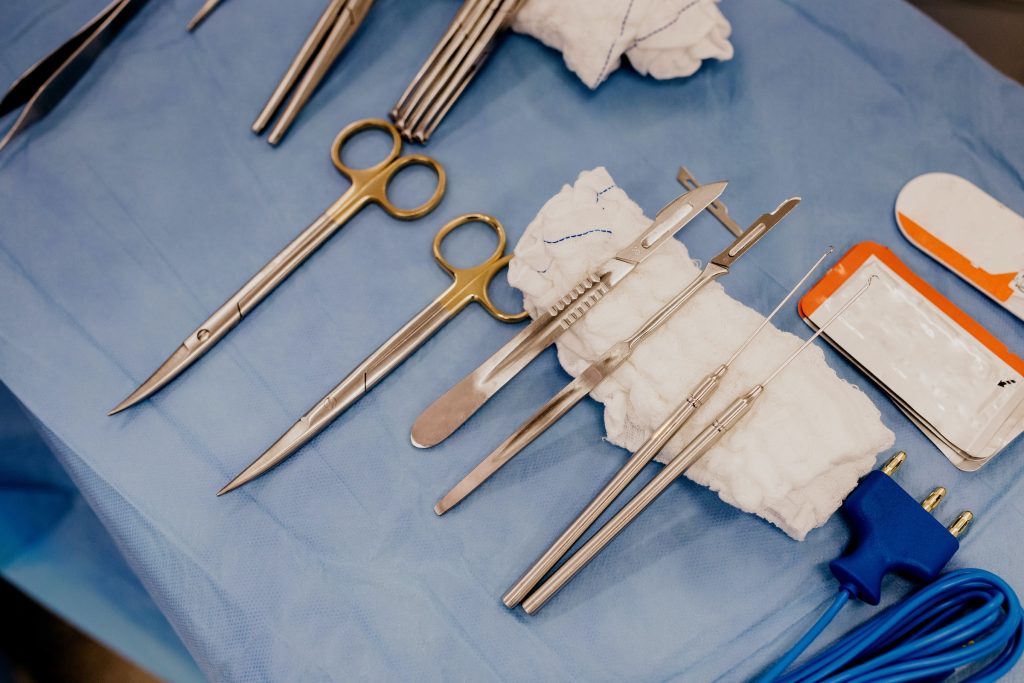Plastic surgery has helped a lot of people ever since it was invented. It has transformed into a far more accessible approach to improving one’s physical appearance from being a practice reserved only for the wealthy and famous. Plastic surgery has addressed functional problems in addition to improving appearance. Throughout the years, plastic surgery has changed and advanced. The evolution of this field has been largely influenced by growing social acceptance, technical development, and novel surgical procedures.
Society has changed and certain requisites and perspectives have transformed with it have done so alongside technical growth. With that, the plastic surgery patterns have also undergone significant changes as well where we see new fashions, procedures, and breakthroughs that will shape its future.
The Shift in Plastic Surgery Trends
Contents
Like changing sands, plastic surgery trends come and go throughout time. What’s fashionable now in plastic surgery might not be in a few years, just like house furnishings and clothing. To comprehend the development of the speciality and its unwavering march into the future, it is essential to comprehend the dynamic character of plastic surgery trends.

Over the past decade, plastic surgery trends have been dramatically influenced by social media, with a subsequent surge in procedures enhancing the ‘selfie’ image like rhinoplasty and lip augmentation. Also, the desire for a more ‘natural’ look has increased, seeing a rise in fat grafting procedures aimed at enhancing one’s natural features rather than drastically altering them.
The Rising Demand for Non-Invasive Procedures
Currently, the world is experiencing a shift towards non-invasive procedures. Due to all of the failures and the unnatural look of plastic surgery previously where people could tell if someone has undergone a procedure, there is demand for procedures now that carry fewer risks, have decreased recovery time, and do not look out of place. Procedures like Botox or dermal fillers could be completed in less than an hour and require very little downtime for example.
Alongside these procedures, new techniques and approaches in the non-invasive realm are being innovated where procedures such as high-intensity focused ultrasound (HIFU) treatments that rejuvenate the face, cryolipolysis that reduces fat, and laser treatments for skin resurfacing. Any concern for these procedures can be quelled by the fact that they are proven to be safe, effective, and efficient too.

In addition to the quick recovery time, these procedures also offer more benefits such as lower costs, lower risk of infection, and less risk of scarring. With all these benefits, we are seeing the rise in the popularity of non-invasive alternatives in the world of plastic surgery for people all around the world.
Innovations in Plastic Surgery Techniques
Plastic surgery’s surgical prospects look bright in the future. The primary driver of the seismic upheavals and trends in plastic surgery is actually the advancements in surgical technology and procedures. Patients’ preferences and needs vary as a result of improvements in both invasive and non-invasive surgical techniques.
The use of 3D imaging technology is also seeing more use as well. Computer-assisted design and manufacturing (CAD/CAM) are being used in a variety of applications as well and the technology assists the surgeons in planning and executing complex procedures. Moreover, with 3D imaging technology, surgeon-to-patient communication is made easier by the use of visual models and images to educate and explain the procedure and the potential results.

Another transformative development in the world of plastic surgery is the use of laser technology which can assist in minimally invasive surgeries such as liposuction, During this procedure, the laser will melt the fat before it is suctioned which is safer and more efficient than the alternative methods. At the same time, one will find that stem cell research is also being brought about for regenerative plastic surgery which is groundbreaking for those who wish to fix deformities to return to looking as natural as possible.
The Role of Technology in Shaping the Future of Plastic Surgery
With the increase of technology in our current lives, we are seeing the increase of the role it plays in shaping the future of plastic surgery. This technology has the goal of improving the safety of patients and the aesthetic results, these results have been a phenomenal addition to the plastic surgery field.

An increasing technology that has already been employed in several procedures already is robotics. Machines would provide precise control that is unrivalled by the human hand. Alongside robotics though, we also are finding the desire to implement artificial intelligence and machine learning where algorithms can use previous results to predict the best procedure for individual patients by providing personalized plans.
Ethical and Safety Considerations
Medical practitioners believe in the Hippocratic oath where the ethical consideration of the medical treatment for the patient has priority. With that, ethics are at the forefront of any medical practice and plastic surgery also follows these guidelines.
Informed consent and safety are paramount in this field and over time, safety measures, patient safety guidelines, accreditation, education, and training for surgeons have been improving. Patients can now go to a clinic and trust that the procedures will be performed efficiently and with less risk.

At the same time, the holistic experience of the surgery is seeing a trend where the care does not stop at the end of the surgery but is interwoven with the aftercare of the patients. This helps resolve issues that may be faced post-surgery or also ease the stress that the patient would be feeling which puts an increasing emphasis on mental healthcare.
The future of plastic surgery holds a lot of promise. The intertwining of technology and medical innovation alongside the holistic shift of aftercare and minimally invasive procedures will help the mental health of the patients. Patients will be able to rely on the satisfaction of not having to undergo a risky and arduous procedure to get good results that are nearly unnoticeable.

